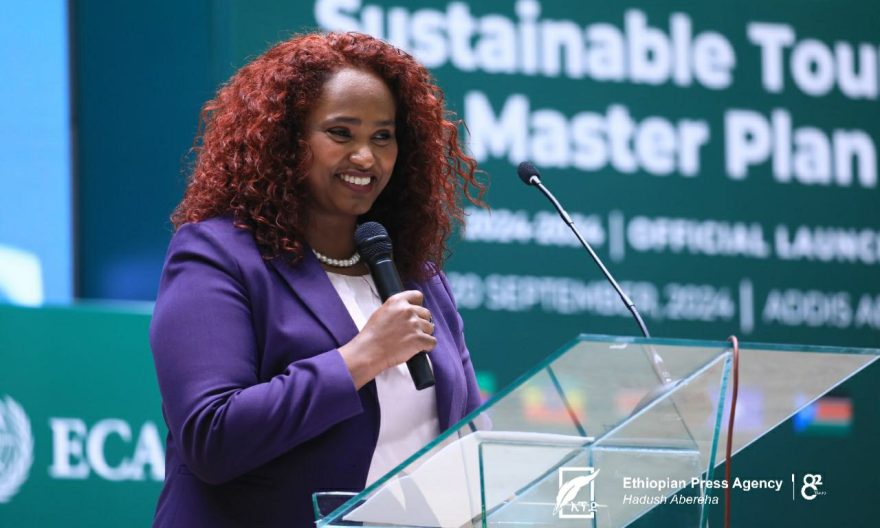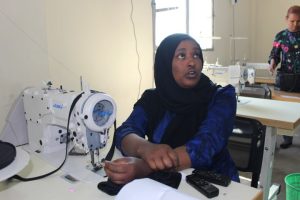
ADDIS ABABA – Ethiopia is ready to take the lead in championing the implementation of the Intergovernmental Authority on Development (IGAD) Sustainable Tourism Master Plan, a ten-year initiative aimed at promoting regional integration and sustainable tourism.
Speaking to the Ethiopian Press Agency (EPA), Tourism Minister Nasise Chali emphasized Africa’s vast tourism potential, noting that while the continent holds immense opportunities, it currently secures only 6% of the global tourism market. She indicated the importance of regional collaboration to fully unlock Africa’s tourism potential.
The minister underscored that by working together based on regional geography, IGAD member states can strengthen their infrastructure, promote cross-border tourism, and market destinations collectively.
Tourism, she said, is a key driver of socio-economic change, and Ethiopia aims to develop a unified tourism space, foster investment and innovation, and promote sustainable growth.
“Ethiopia’s goal is to build strong people-to-people connections with neighboring nations based on peaceful relations, brotherhood, and multilateral foreign policy,” Nasise stated. She added that easing visa regulations, improving security, and investing together in shared resources are essential steps in making Africa a globally competitive tourism destination.
Ethiopia has played a significant role in the design of the IGAD Master Plan and is committed to ensuring its success. The plan focuses on linking infrastructure and markets, promoting collaboration, and maximizing opportunities for the region’s tourism development.
The minister also noted that peace is vital for the growth of the tourism sector. By strengthening regional and economic integration, IGAD member states can benefit from tourism, unite their people, and safeguard natural and cultural resources for future generations.
The recently endorsed IGAD Sustainable Tourism Master Plan aims to enhance the region’s tourism potential while preserving its rich cultural and religious diversity. Ethiopia’s commitment to the plan also includes the renovation of major cultural and historical sites, such as the Jimma Aba Jiffar Palace, Fasil Palace, and the Axum Obelisk, along with the construction of new tourist attractions.
During the last three years, Ethiopia has successfully inscribed several tangible and intangible heritage sites, further cementing its place as a key player in the region’s tourism development.
BY MISGANAW ASNAKE
The Ethiopian Herald September 22/2024





